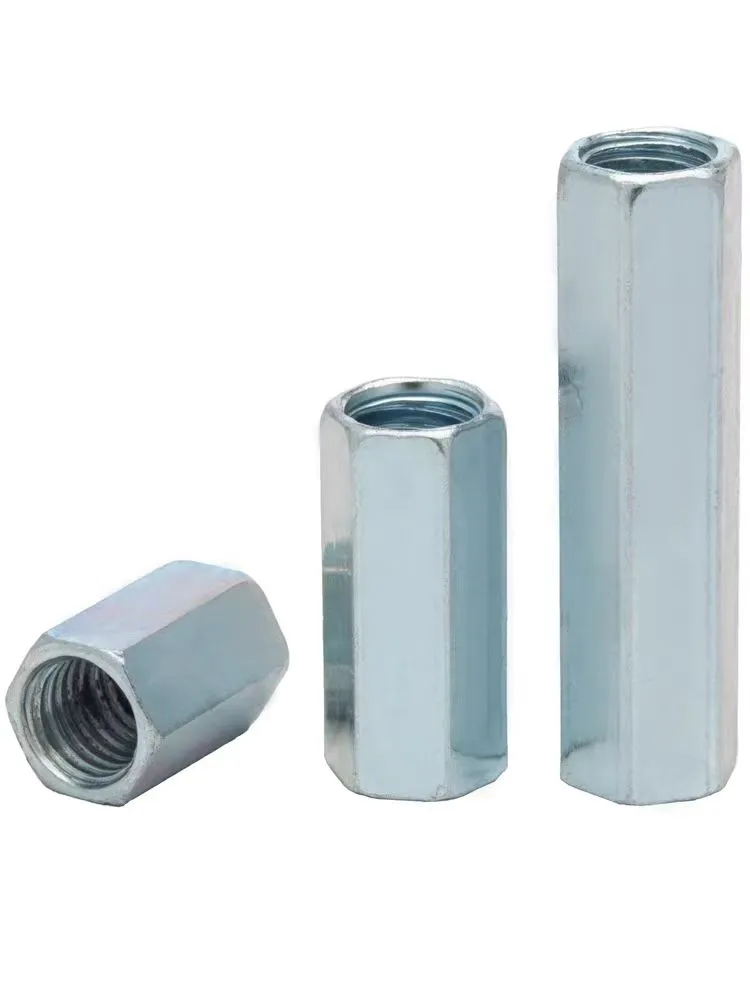

Exploring the Features and Applications of M6 201.0 Bolt in Various Industries
আগস্ট . 07, 2024 17:55 Back to list
Exploring the Features and Applications of M6 201.0 Bolt in Various Industries
Understanding M6 1.0 Bolt Specifications and Applications
When it comes to mechanical engineering and manufacturing, the significance of fasteners cannot be overstated. One of the most commonly used fasteners is the M6 1.0 bolt. Understanding its specifications, dimensions, and applications is vital for anyone involved in construction, design, or mechanical repair.
What is an M6 1
.0 Bolt?The M in M6 refers to the metric thread standard, which is used widely across the globe. The 6 indicates that the nominal diameter of the bolt is 6 millimeters. The 1.0 represents the thread pitch, which is the distance from one thread crest to the next, measured in millimeters. Therefore, an M6 1.0 bolt has a thread diameter of 6 mm and a thread pitch of 1.0 mm.
This classification means that the M6 1.0 bolt is suitable for a myriad of applications, ranging from structural applications in buildings to the manufacturing of machinery and automotive components.
Physical Dimensions
Typically, an M6 bolt will have a shank length that varies according to the requirement, and it is available in various lengths, commonly from 10 mm to over 100 mm. The head type of the bolt can also vary; standard options include hexagonal, socket cap, and countersunk heads, allowing for flexibility in different fastening situations.
The head width across flats for a hex bolt is generally around 10 mm, making it compatible with standard-sized wrenches. Depending on the application, the M6 bolt can also be found in various grades that indicate its tensile strength and material properties. Common materials include stainless steel, carbon steel, and alloy steel, each providing different levels of corrosion resistance and strength.
Threading and Standards
m6 1.0 bolt

M6 1.0 bolts are manufactured according to stringent specifications set by international standards such as ISO (International Organization for Standardization) and DIN (Deutsches Institut für Normung). The ISO metric thread specifications ensure compatibility and interchangeability among different manufacturers.
The proper threading on the bolt is crucial for ensuring tight connections. A well-manufactured thread profile minimizes the chances of stripping and allows for the bolt to fit snugly into the corresponding nut or tapped hole.
Applications of M6 1.0 Bolts
The versatility of M6 1.0 bolts makes them suitable for various industries. In automotive manufacturing, these bolts are commonly used in assembling engines, chassis, and body panels. Their size and strength are ideal for connecting components that experience moderate to high loads.
In the construction industry, M6 bolts are employed in the assembly of prefabricated structures, furniture, and general purpose fastening tasks. The robust nature of these bolts provides security and stability in a range of building materials, including metal, wood, and plastic.
Electronics also utilize M6 bolts, particularly in securing casings and mounting circuit boards. The precision associated with M6 bolts ensures that delicate components remain secure without the risk of damage.
Conclusion
M6 1.0 bolts are an essential component in various fields, valued for their reliability, strength, and versatility. Their specifications make them a popular choice for both industrial and DIY applications. Understanding the characteristics and proper applications of M6 1.0 bolts is crucial for engineers, technicians, and hobbyists alike. Whether you're looking to fasten a piece of machinery, construct a building, or put together furniture, recognizing the importance of these small yet mighty fasteners will serve you well in your projects.
Latest news
-
High-Strength Hot Dip Galvanized Bolts - LongZe | Corrosion Resistance, Custom Sizes
NewsAug.01,2025
-
Best Self Tapping Screws for Drywall - Fast & Secure Installation
NewsJul.31,2025
-
High-Strength Hot Dip Galvanized Bolts-Hebei Longze|Corrosion Resistance&Customization
NewsJul.31,2025
-
Hot Dip Galvanized Bolts-Hebei Longze Metal Products|Corrosion Resistance&High Strength
NewsJul.31,2025
-
Hot Dip Galvanized Bolts-About LongZe|High Strength, Corrosion Resistance
NewsJul.30,2025
-
High-Strength Hot Dip Galvanized Bolts - Hebei Longze | Corrosion Resistance, Customization
NewsJul.30,2025

